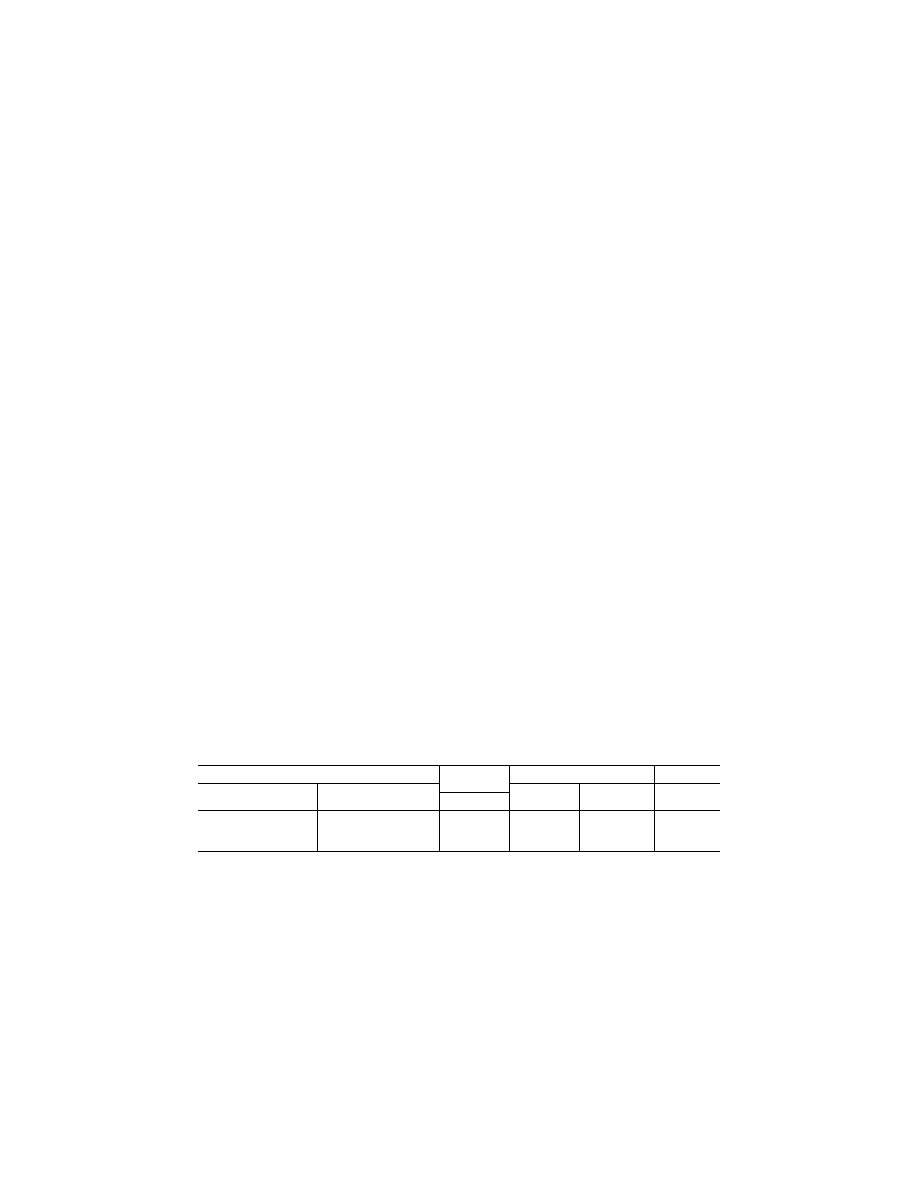
343
Federal Aviation Administration, DOT
§ 25.1324
(1) From 0.8 of the minimum value of
V
1
to the maximum value of V
2
, consid-
ering the approved ranges of altitude
and weight; and
(2) With the flaps and power settings
corresponding to the values determined
in the establishment of the takeoff
path under § 25.111 assuming that the
critical engine fails at the minimum
value of V
1
.
(c) The airspeed error of the installa-
tion, excluding the airspeed indicator
instrument calibration error, may not
exceed three percent or five knots,
whichever is greater, throughout the
speed range, from—
(1)
V
MO
to 1.23
V
SR
1
, with flaps re-
tracted; and
(2) 1.23
V
SR
0
to
V
FE
with flaps in the
landing position.
(d) From 1.23 V
SR
to the speed at
which stall warning begins, the IAS
must change perceptibly with CAS and
in the same sense, and at speeds below
stall warning speed the IAS must not
change in an incorrect sense.
(e) From V
MO
to V
MO
+
2
⁄
3
(V
DF
¥
V
MO
), the IAS must change perceptibly
with CAS and in the same sense, and at
higher speeds up to V
DF
the IAS must
not change in an incorrect sense.
(f) There must be no indication of
airspeed that would cause undue dif-
ficulty to the pilot during the takeoff
between the initiation of rotation and
the achievement of a steady climbing
condition.
(g) The effects of airspeed indicating
system lag may not introduce signifi-
cant takeoff indicated airspeed bias, or
significant errors in takeoff or accel-
erate-stop distances.
(h) Each system must be arranged, so
far as practicable, to prevent malfunc-
tion or serious error due to the entry of
moisture, dirt, or other substances.
(i) Each system must have a heated
pitot tube or an equivalent means of
preventing malfunction in the heavy
rain conditions defined in Table 1 of
this section; mixed phase and ice crys-
tal conditions as defined in part 33, Ap-
pendix D, of this chapter; the icing con-
ditions defined in Appendix C of this
part; and the following icing conditions
specified in Appendix O of this part:
(1) For airplanes certificated in ac-
cordance with § 25.1420(a)(1), the icing
conditions that the airplane is certified
to safely exit following detection.
(2) For airplanes certificated in ac-
cordance with § 25.1420(a)(2), the icing
conditions that the airplane is certified
to safely operate in and the icing con-
ditions that the airplane is certified to
safely exit following detection.
(3) For airplanes certificated in ac-
cordance with § 25.1420(a)(3) and for air-
planes not subject to § 25.1420, all icing
conditions.
T
ABLE
1—H
EAVY
R
AIN
C
ONDITIONS FOR
A
IRSPEED
I
NDICATING
S
YSTEM
T
ESTS
Altitude range
Liquid water
content
Horizontal extent
Droplet MVD
(ft) (m)
(g/m3)
(km) (nmiles) (
µ
m)
0 to 10 000 .........................
0 to 3000 ............................
1
100
50
1000
6 5 3
2000
15 1 0
.5 2000
(j) Where duplicate airspeed indica-
tors are required, their respective pitot
tubes must be far enough apart to
avoid damage to both tubes in a colli-
sion with a bird.
[Doc. No. 5066, 29 FR 18291, Dec. 24, 1964, as
amended by Amdt. 25–57, 49 FR 6849, Feb. 23,
1984; Amdt. 25–108, 67 FR 70828, Nov. 26, 2002;
Amdt. 25–109, 67 FR 76656, Dec. 12, 2002; Amdt.
25–140, 79 FR 65526, Nov. 4, 2014]
§ 25.1324
Angle of attack system.
Each angle of attack system sensor
must be heated or have an equivalent
means of preventing malfunction in the
heavy rain conditions defined in Table
1 of § 25.1323, the mixed phase and ice
crystal conditions as defined in part 33,
Appendix D, of this chapter, the icing
conditions defined in Appendix C of
this part, and the following icing con-
ditions specified in Appendix O of this
part:
VerDate Sep<11>2014
12:50 Apr 30, 2019
Jkt 247046
PO 00000
Frm 00353
Fmt 8010
Sfmt 8010
Y:\SGML\247046.XXX
247046
spaschal on DSK3GDR082PROD with CFR